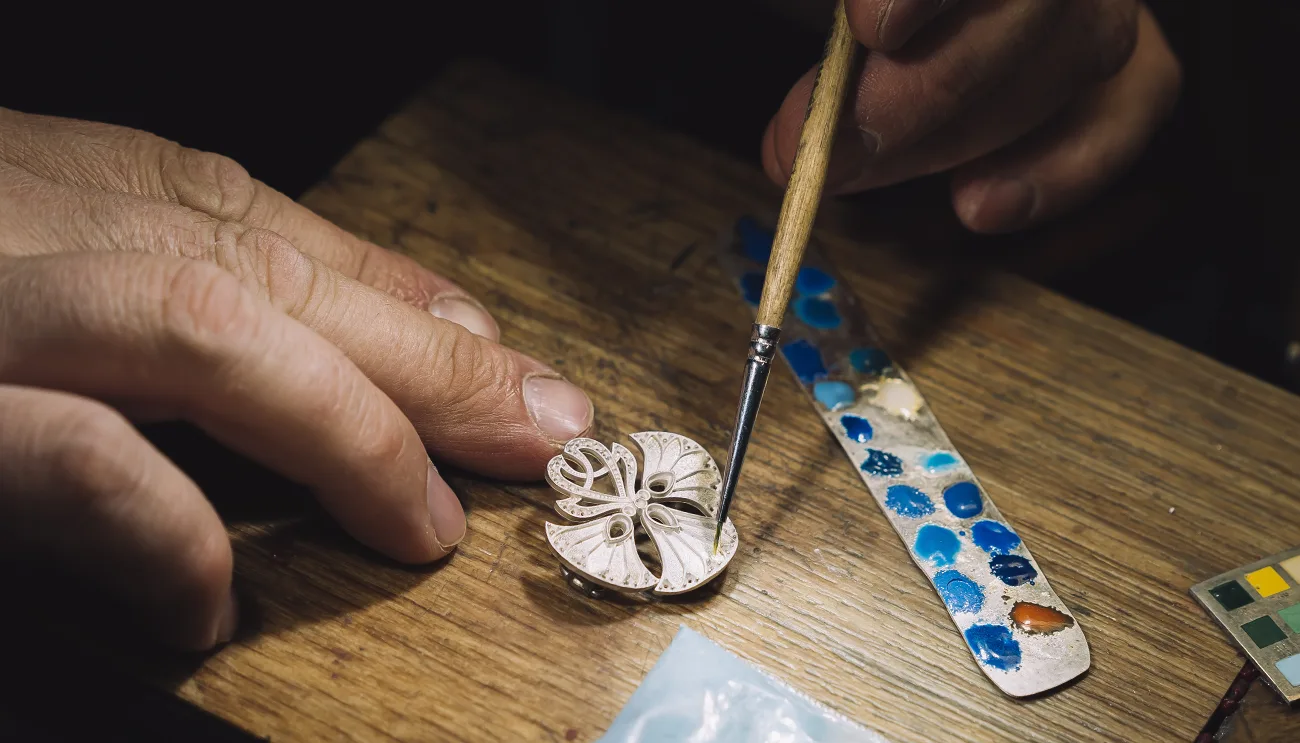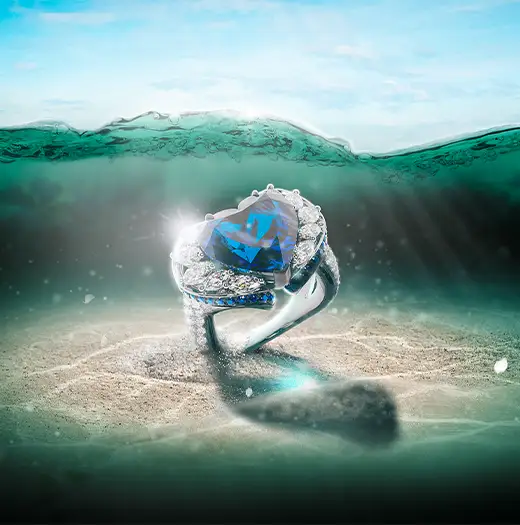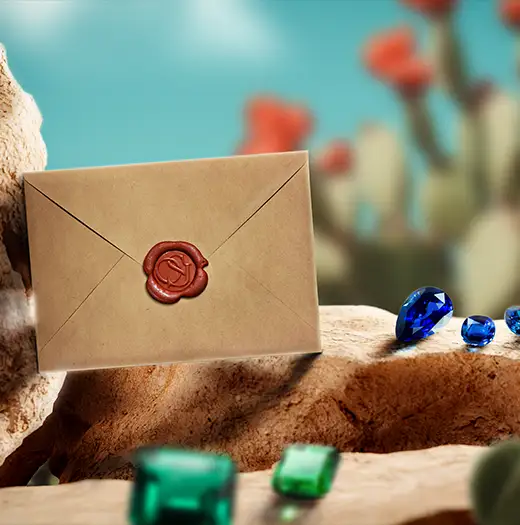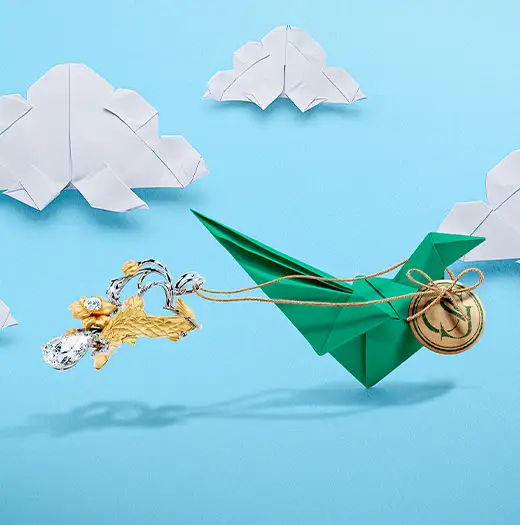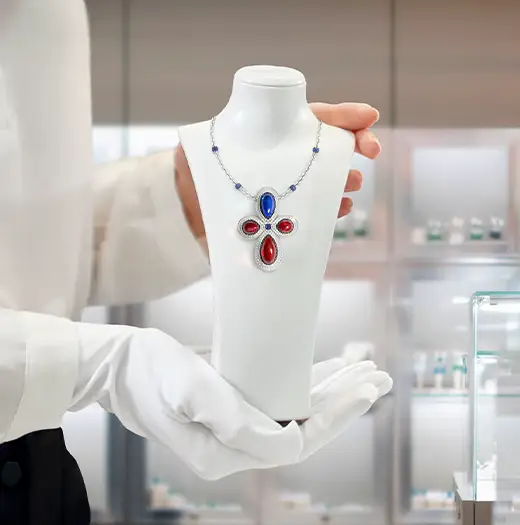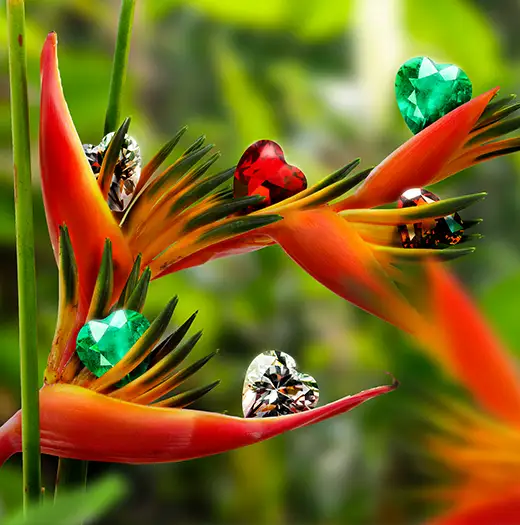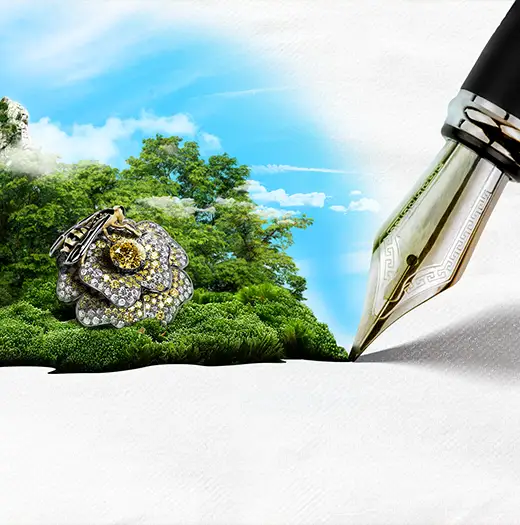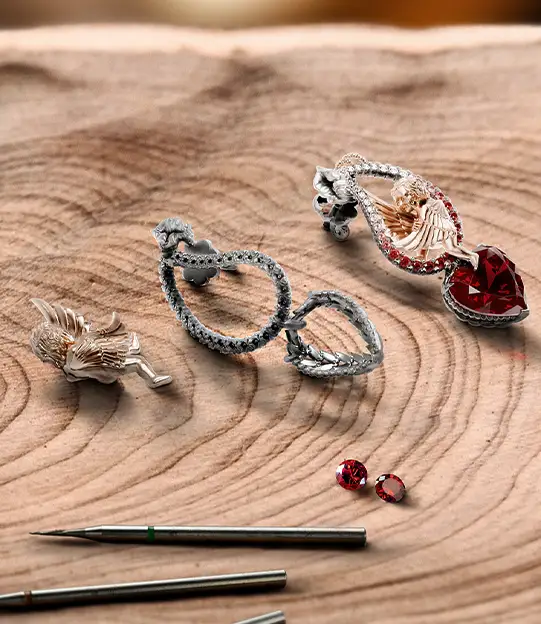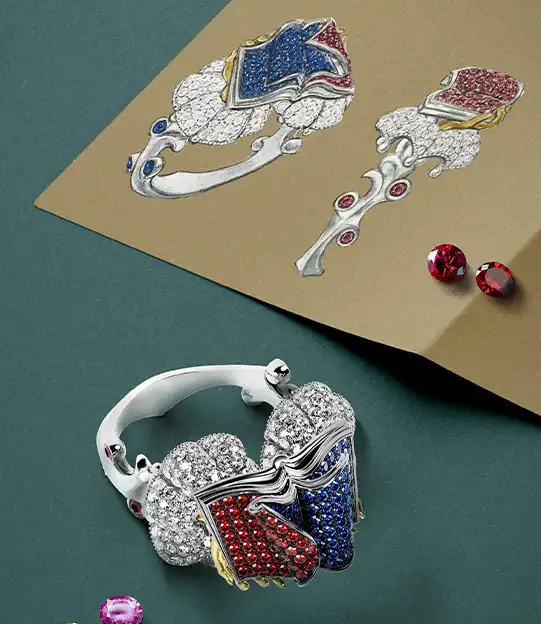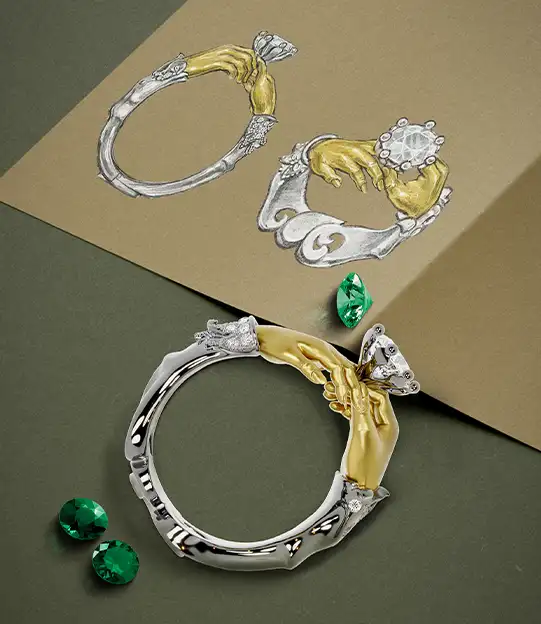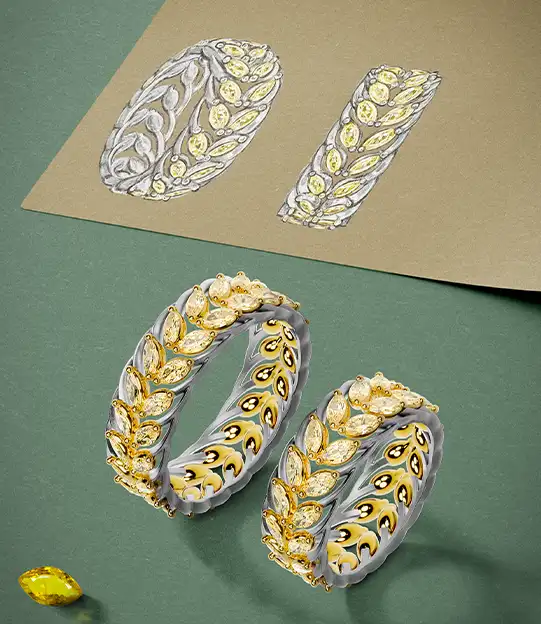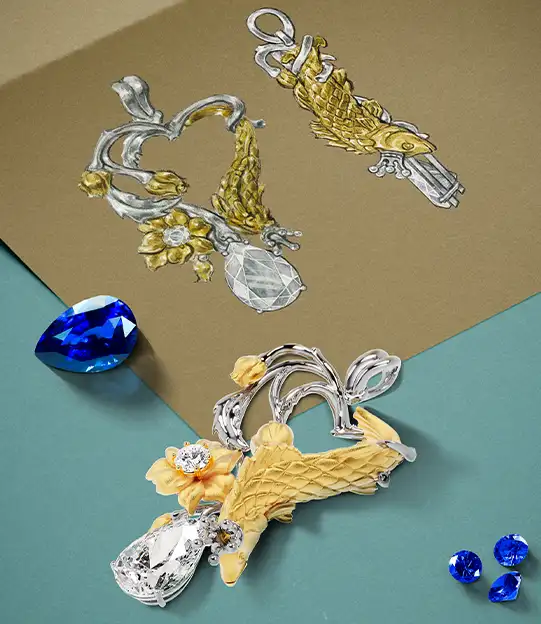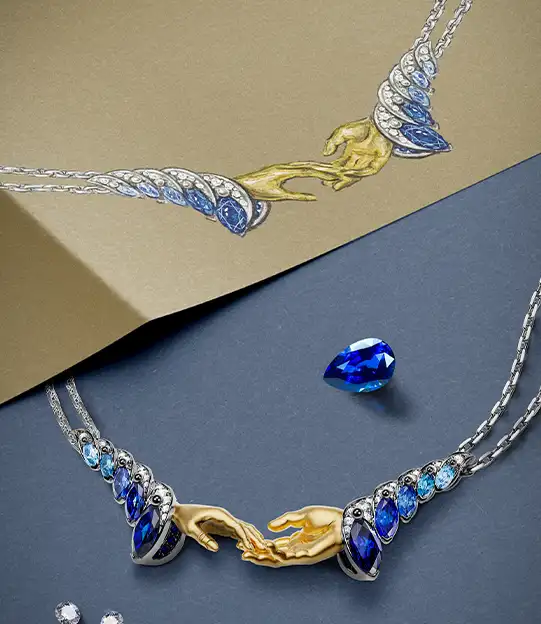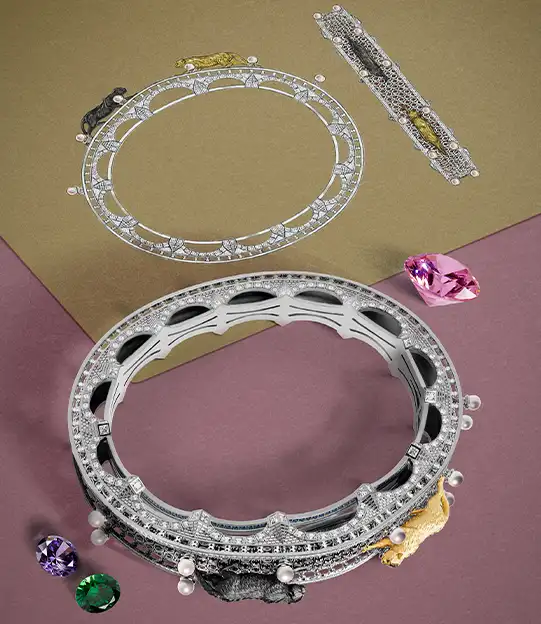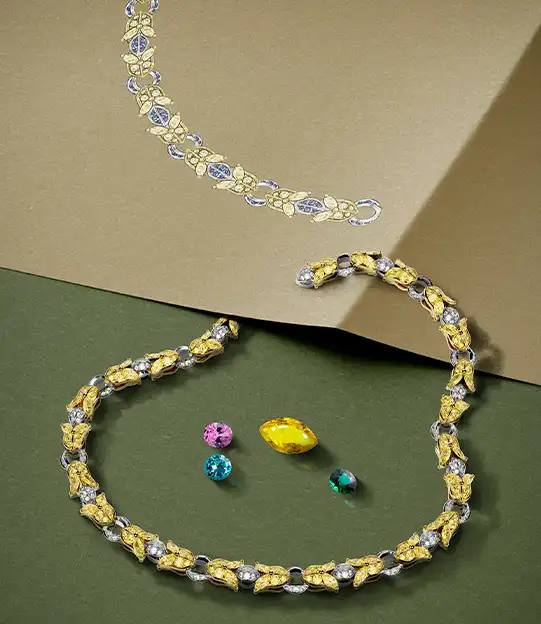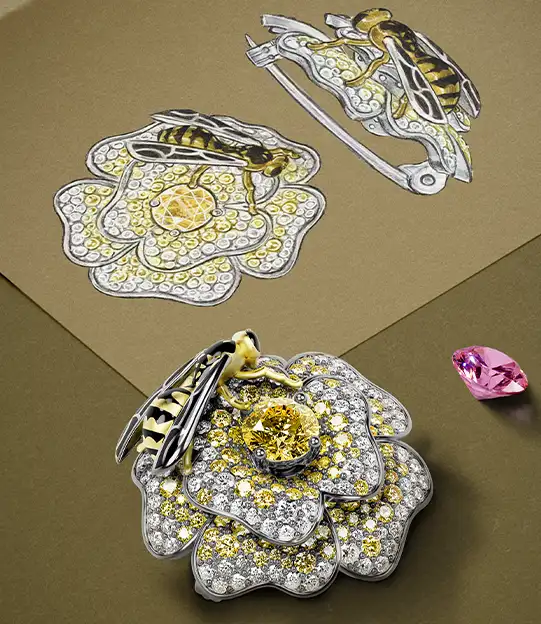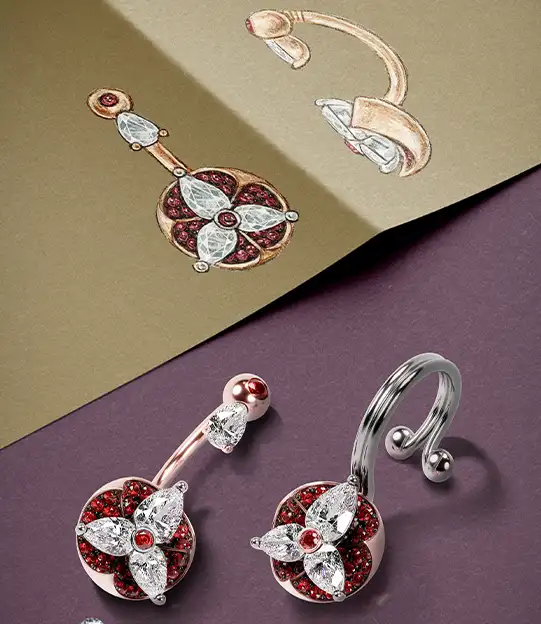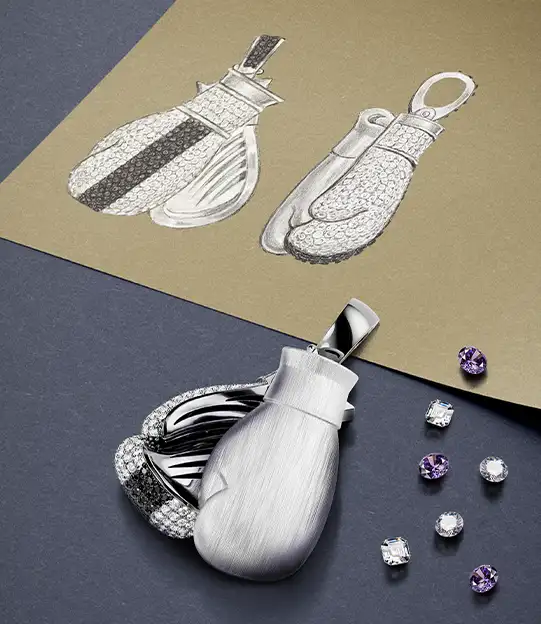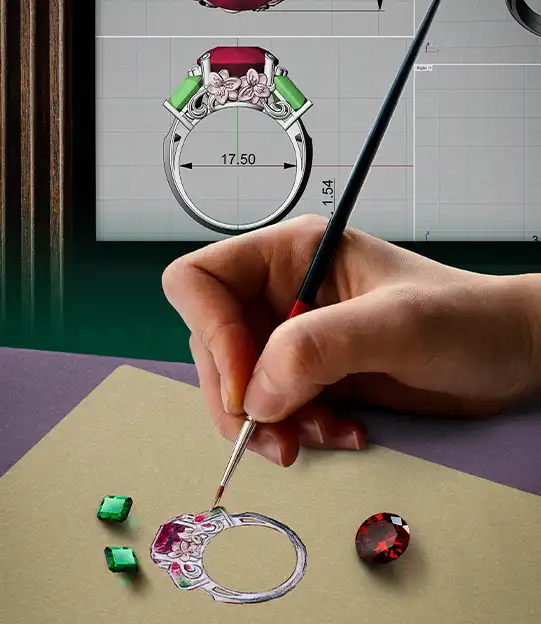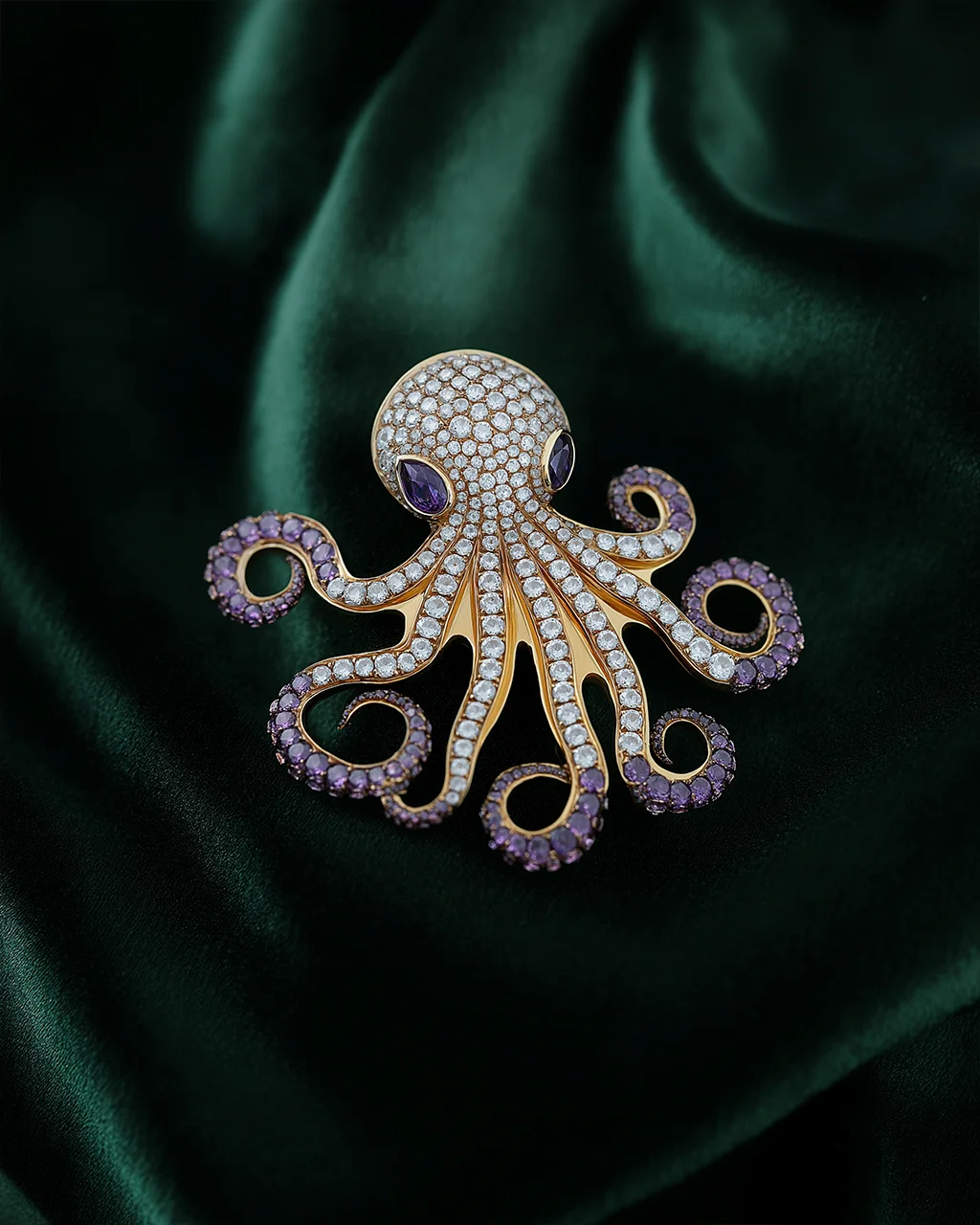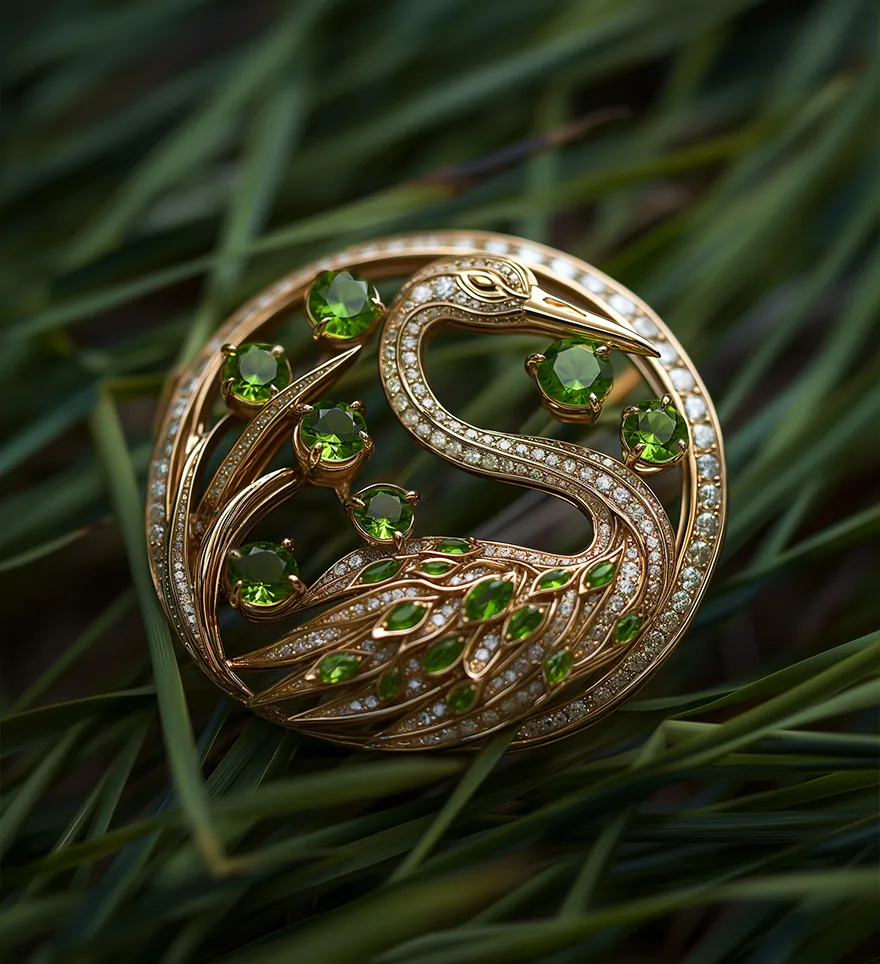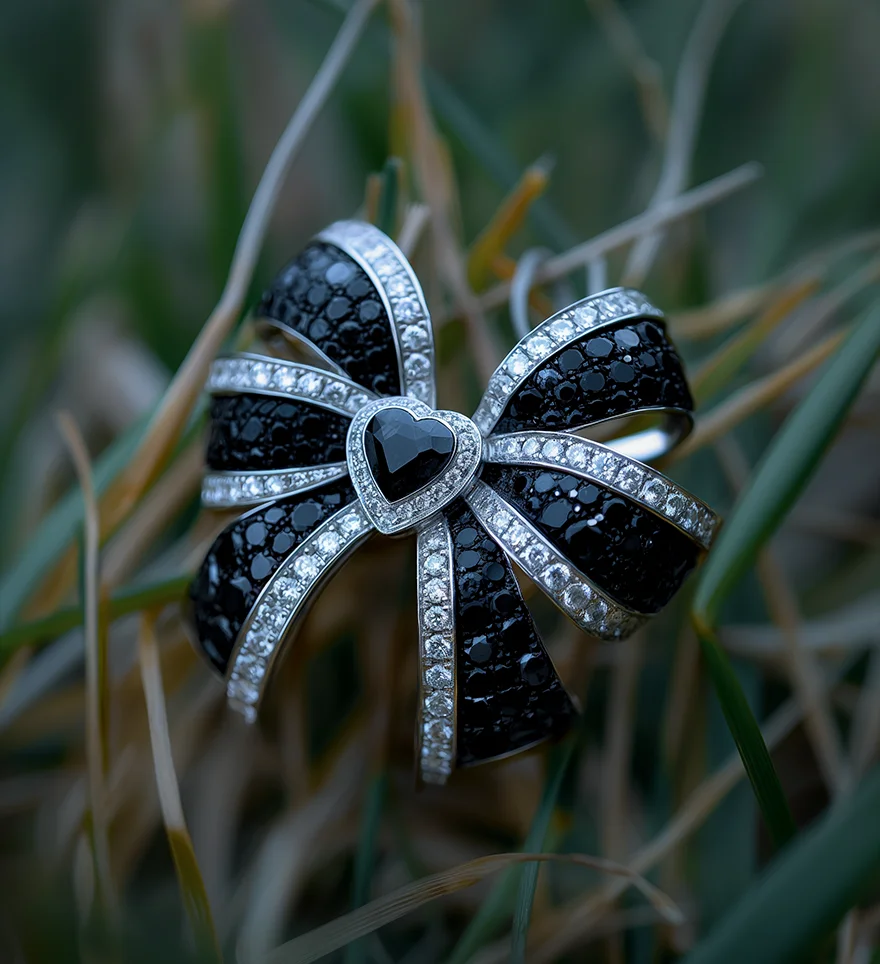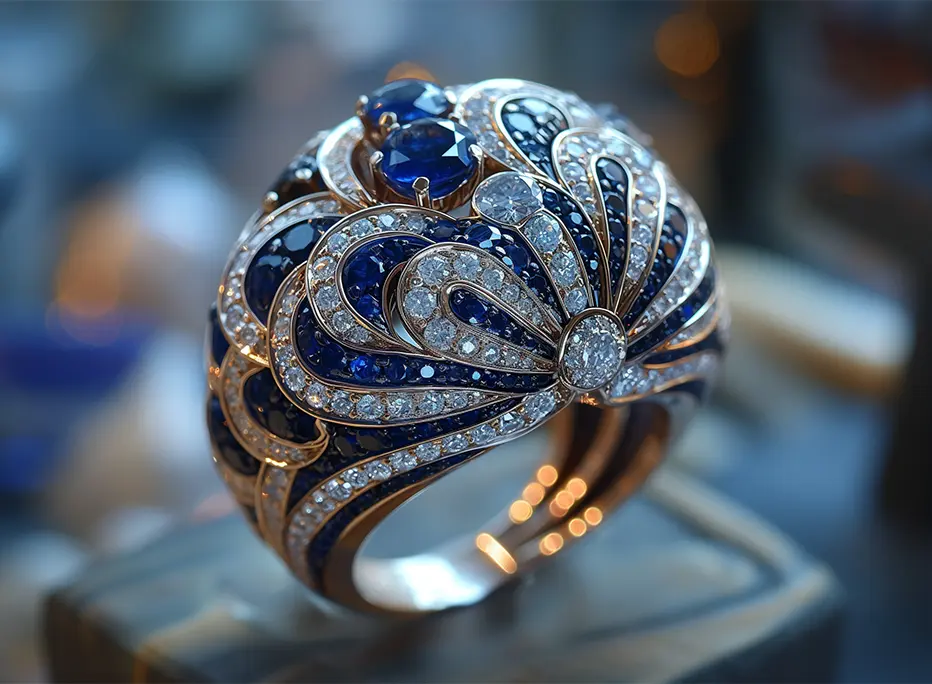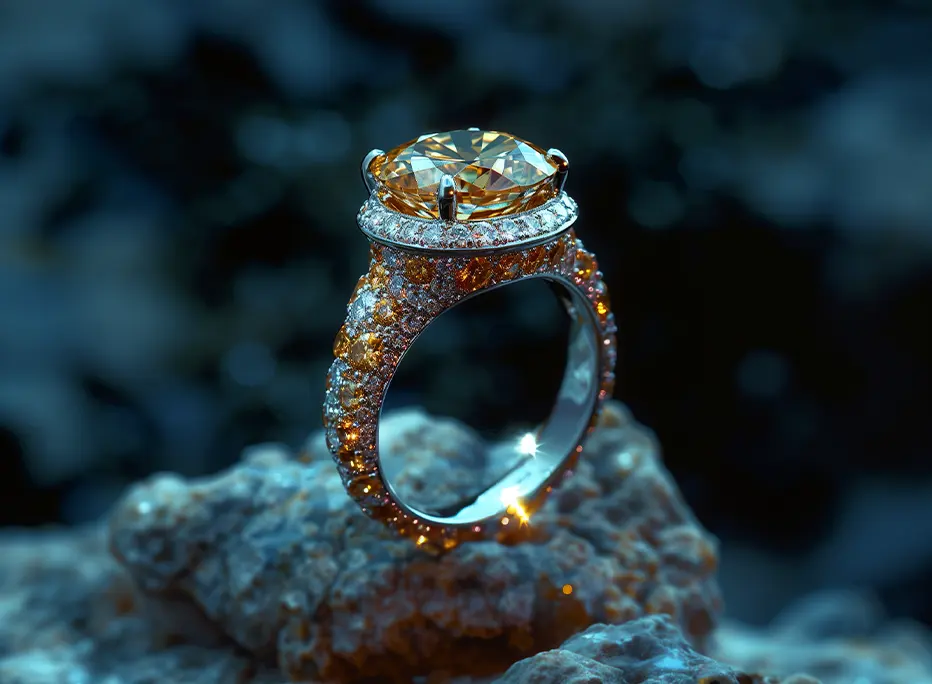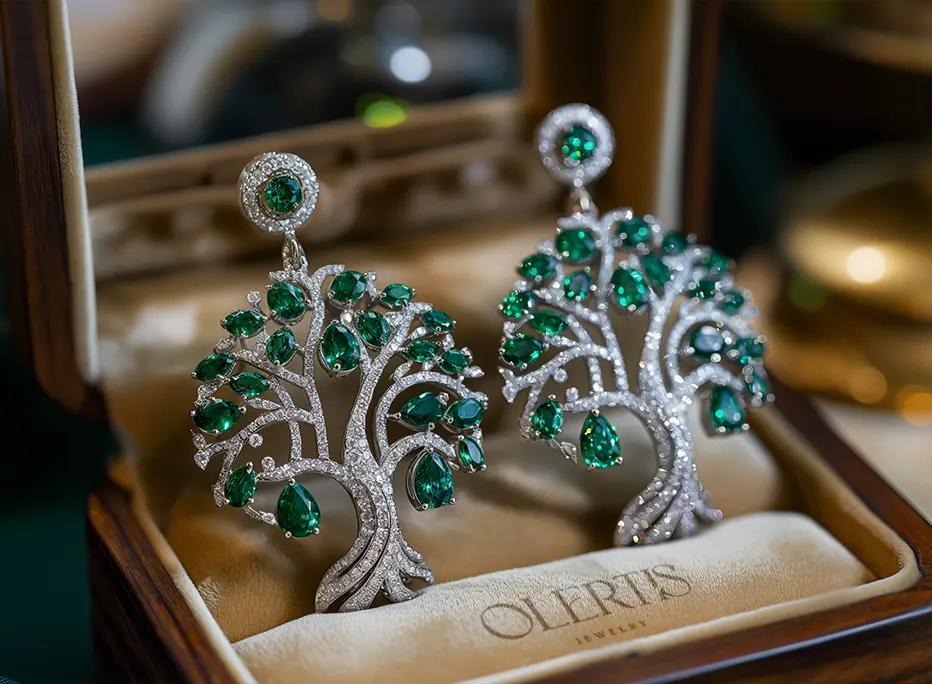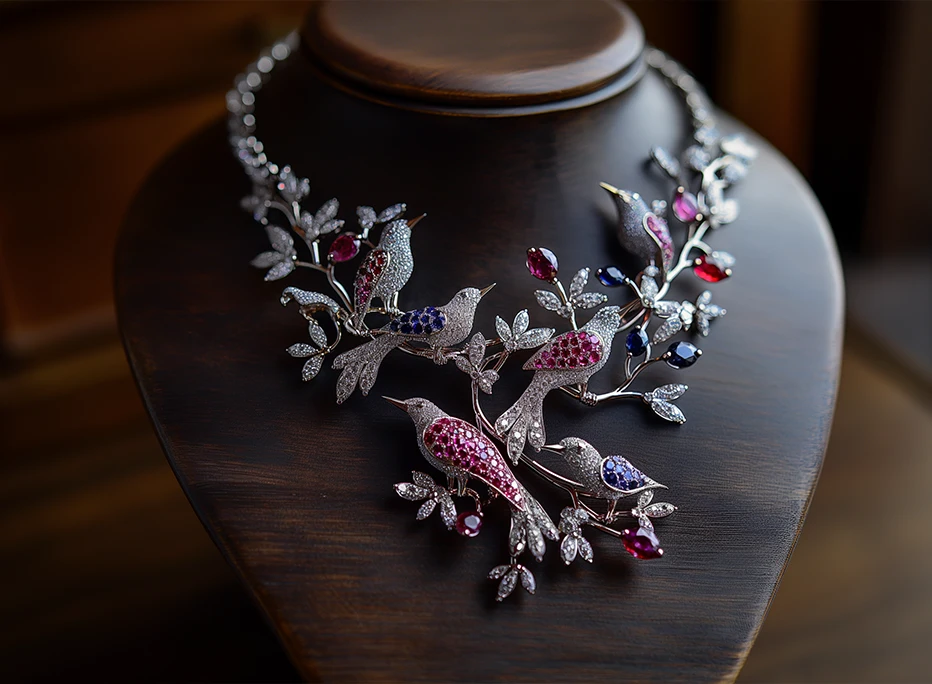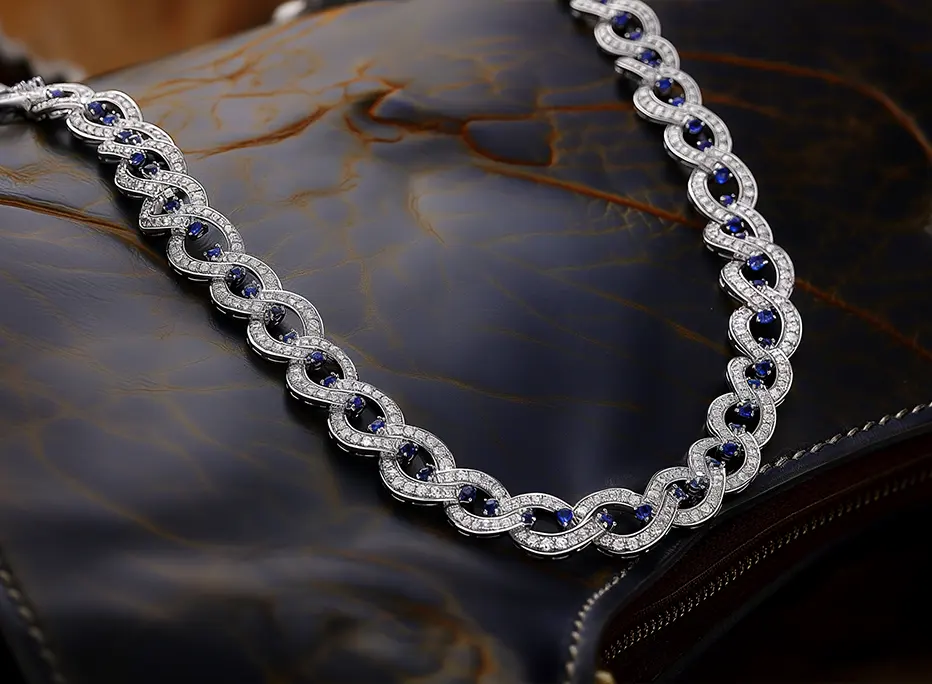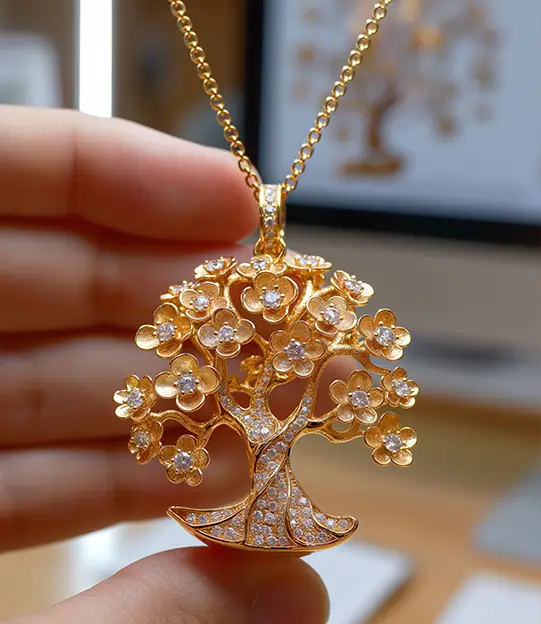It won’t come as a surprise that pins were invented much earlier than brooches. Ancient cavemen used thorns, teeth, bones, sticks, and flint as materials for the most primitive pins of their time. And frankly, what choice did they have? It’s not like they had any idea what buttons and zips were.
It wasn’t until the start of the Bronze Age that humans had enough metallurgy skills to produce metal pins. Blacksmiths of the Roman Empire were among the first ones to create brooches that featured geometrical designs (mostly circular and spiral). Fast forward to the Anglo-Saxon period, the Celts used all kinds of pieces inspired by floral motifs. It wasn’t until the Middle Ages that the brooches almost lost their practical purpose and became ornaments for the nobility. In part, this was due to the invention of buttons in the 14th century, rendering pins unnecessary.

A Pin of Distinction: Custom Design Steps for Brooches
During the Baroque and Renaissance periods, these jewelry items became more complex and opulent. In the Victorian era, pins and brooches were extremely popular to the point when every noblewoman was wearing them. In particular, several styles of brooch jewelry originated during this time. The mourning items were used to commemorate the deceased and could even contain their hair. En Tremblant brooches featured floral designs with movable parts to produce an eye-catching quivering effect. Aigrette pieces looked like branches or feathers made of silver and diamonds. All of these styles are considered old-fashioned and vintage now.
Modern designers have significantly expanded the traditional motifs of this type of jewelry, which is why many celebrities choose it to make a fashion statement. In fact, Queen Elizabeth and Madeleine Albright were rarely seen in public without a custom brooch. Although some people might consider pin and brooch pieces out of touch and only suitable for grandmas, we believe they’re making a true comeback. Everything depends on how well you can match this jewelry with the whole outfit.
The best place to wear a jewelry pin or a brooch is on collars, necklines, lapels, and straps. Although everyone has their unique sense of style, multi-layered unicolored clothes go best with this type of jewelry. It is also believed that one shouldn’t use other pieces next to the brooch for fear of being over the top. For example, one would consider it a bad taste to wear a gold brooch next to an opulent necklace. From bold and flamboyant to elegant and modest – whatever the design of the brooch or pin you’d like to create, Olertis is always there for you to provide the best jewelry experience.
